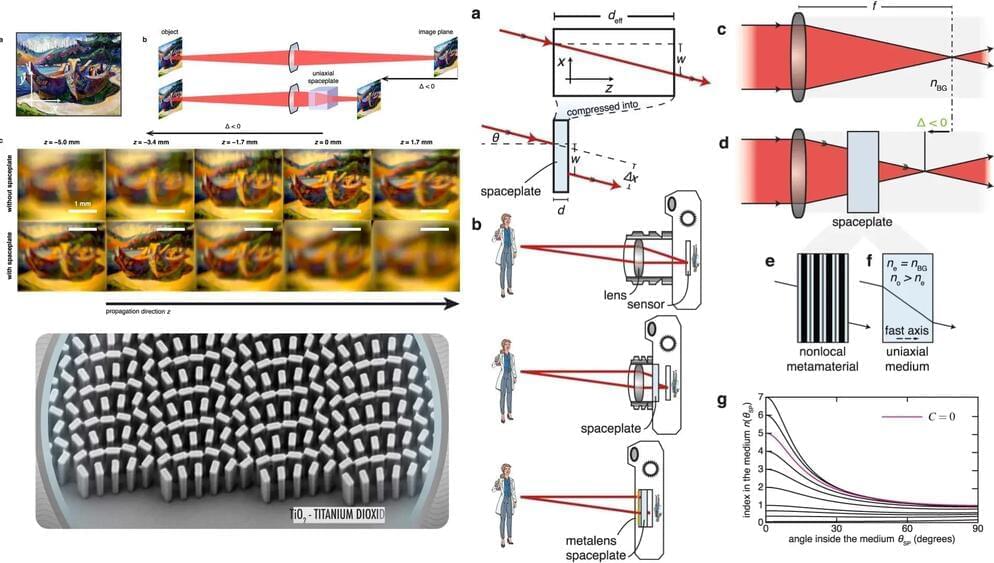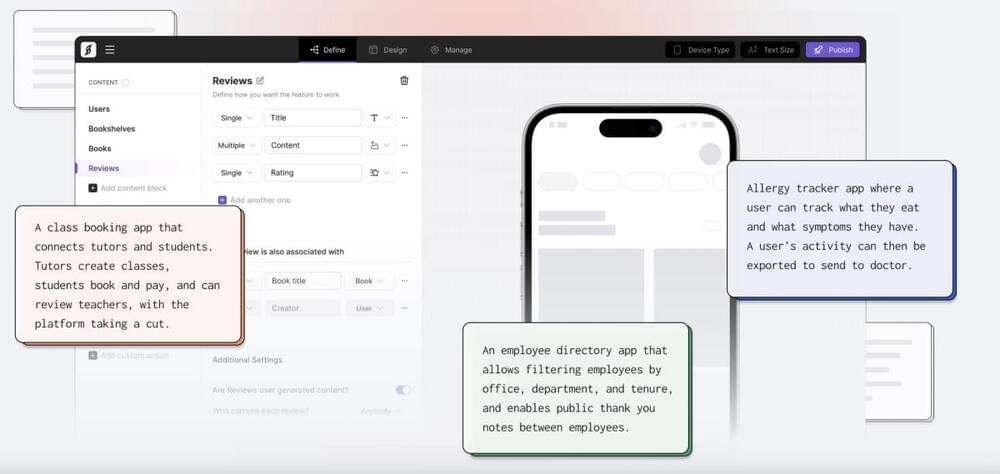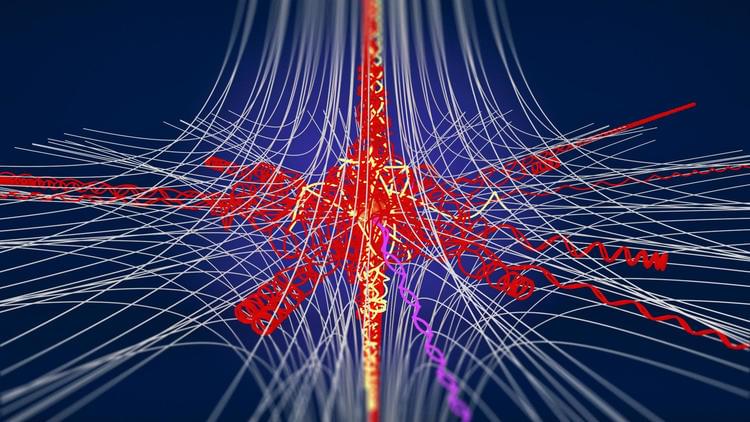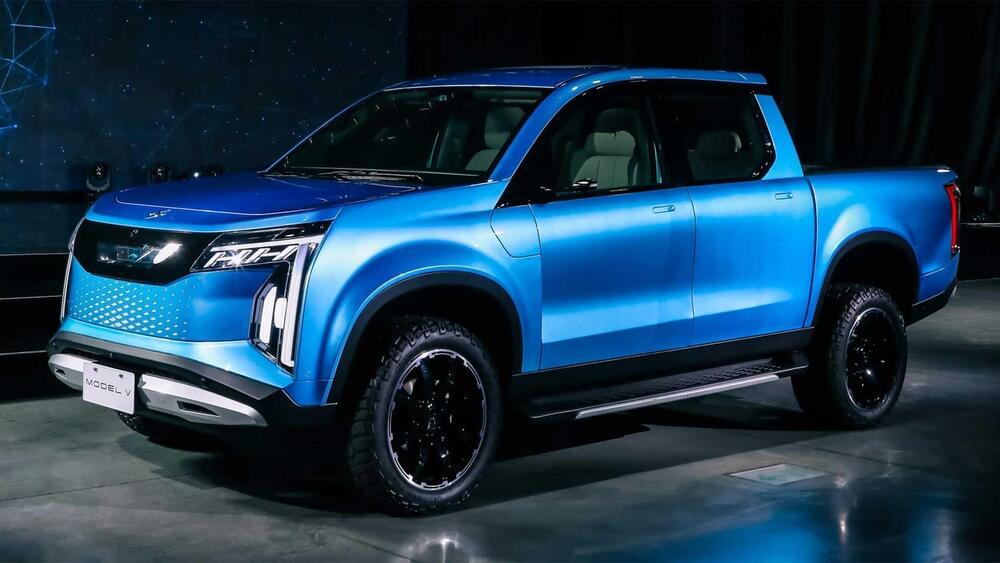Nov 24, 2023
The Future of Imaging? Metalenses and Spaceplates Allow Lens-Free Cameras and With Bigger Sensors
Posted by Jeremy Dylan Batterson in categories: futurism, mobile phones
Are you ready for a cell phone with a medium-format-sized sensor?
It’s science time. New research tells us how, with the help of metalenses and spaceplates, we don’t need conventional lenses anymore. Furthermore, that will allow manufacturers to develop tiny cameras with bigger sensors. Read the highlights of the research below.
New research has found a solution for reducing the size of cameras, by combining both metalenses and spaceplates. That combination allows a significant reduction of the glass and the length from the camera sensor. The result can be a lens-free camera and a bigger sensor. Furthermore, it’s a whole new approach for how light can be focused, and utilized, that can result in manufacturing facilitation of both cameras and lenses.

















